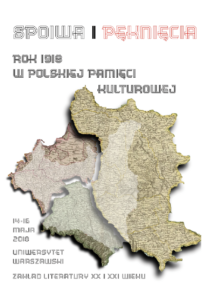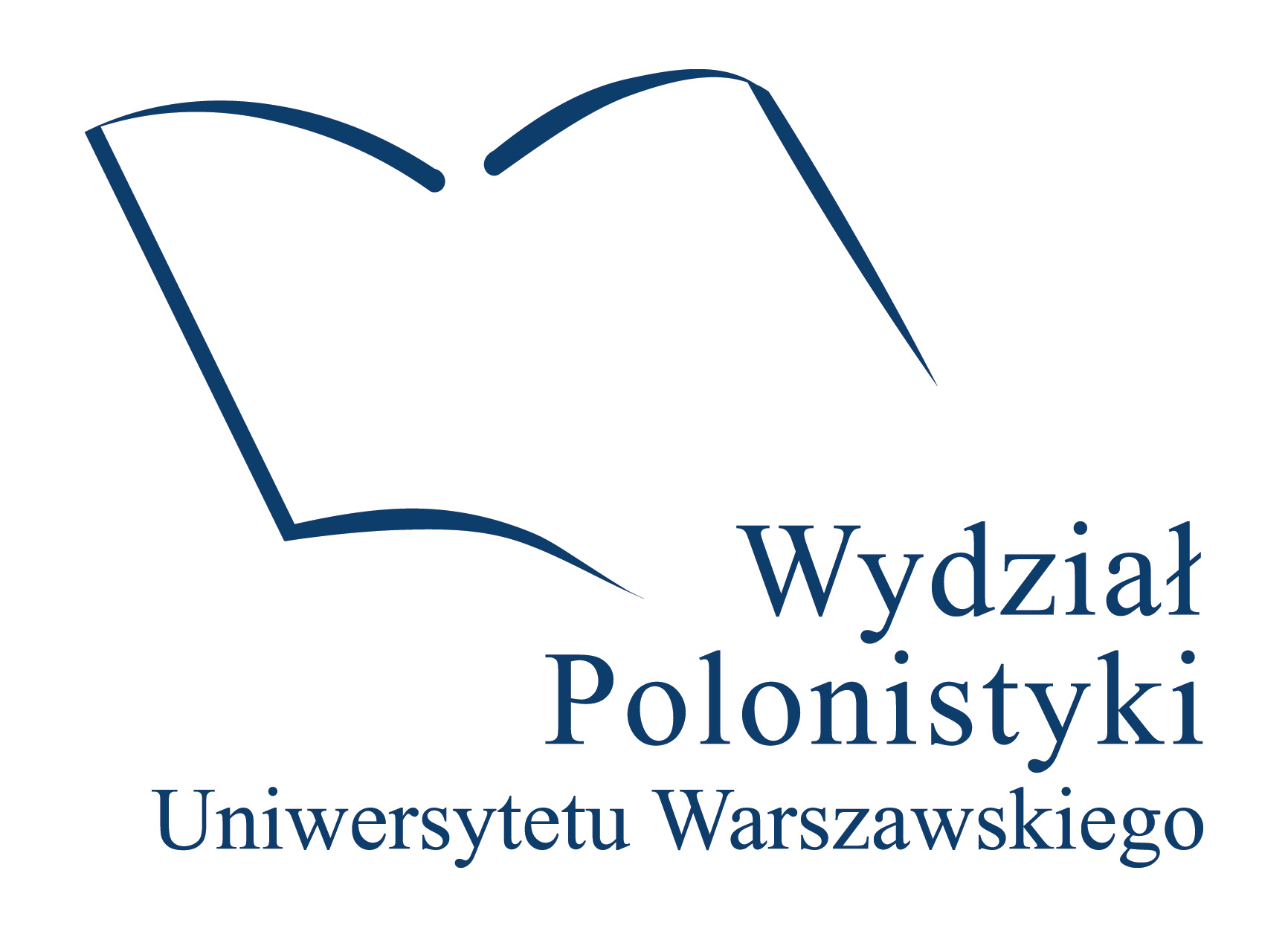13. Researching Books: What Do the Texts Tell Us?
 The texts we research concern not only Poland but also other regions of Europe. At times, this allows us to cast new light on the cultural history of the pertinent areas, and to identify unexpected sources of influence.
The texts we research concern not only Poland but also other regions of Europe. At times, this allows us to cast new light on the cultural history of the pertinent areas, and to identify unexpected sources of influence.
Traces of cultural clashes emerge where texts are found out to be interconnected. When the text in question is the Bible, discovering such links can have momentous historical-literary and even theological implications. In a series of publications, J. Kozłowski argues that some passages of the Bible drew on classical Greek works from the pre-Christian literary canon.
D. Sosnowska, in her book titled Inna Galicja (Another Galicia), discusses the course and the repercussions of the cultural confrontation between Poles, Czechs, and Ukrainians in nineteenth-century Galicia. By examining literature, travel journals and other documents, she illustrates the emergence of a “Tower of Babel” of socio-cultural discourses in this region. Similar issues are problematized in the book titled Była wschodnia Galicja w Polsce, Polska w byłej wschodniej Galicji (Former Eastern Galicia in Poland, Poland in Former Eastern Galicia) by J. Wierzejska. This is a study of the represenation of the (multi-)national province in interwar Polish literature, which uncovers the mechanisms behind the construction of the image of a multi-national post-Habsburg land and its symbolic appropriation by the residents of the Second Polish Republic.
M. Falski’s book titled Niechciana kultura (Unwanted Culture) undertakes to demonstrate how the elite and the state institutions in Bosnia and Herzegovina, following the end of the civil war in 1995, have been using symbols to shape national identity. The collective volume titled Starcie narracji (A Clash of Narratives), edited by J. Šuler-Galos, M. Cmiel-Bażant and J. Bilińska-Brynk, explores narratives shaping the collective memory and identity of contemporary Slovenes.
The nineteenth century was also a formative period for modern Lithuanian culture and national awareness. These themes, and their reflections in Polish literature, are discussed by I. Szulska in her collection of essays titled „Obrazy litewskie” w literaturze polskiej drugiej połowy XIX i początku XX wieku. Studia imagologiczno-recepcyjne (“Lithuanian Images” in Polish Literature of the Second Half of the Nineteenth and Early Twentieth Centuries: Studies in Imagology and Reception).
(In the photo: cover of one of the books published at the Faculty; photo by M. Kaźmierczak)
